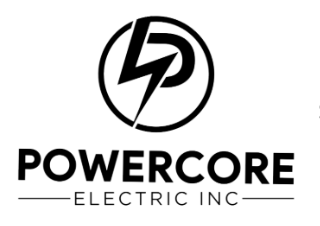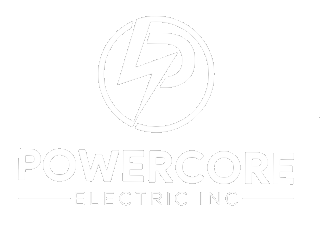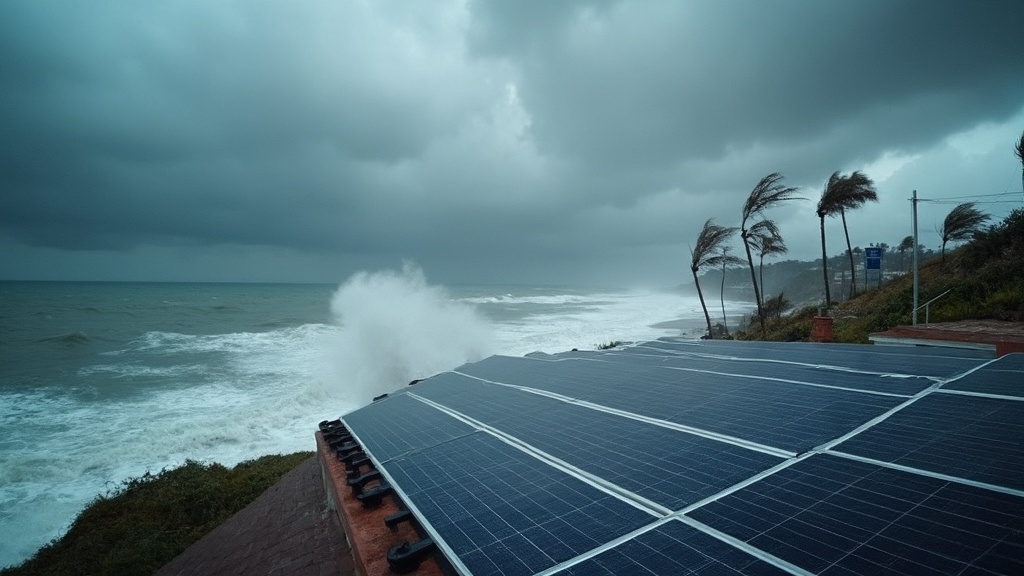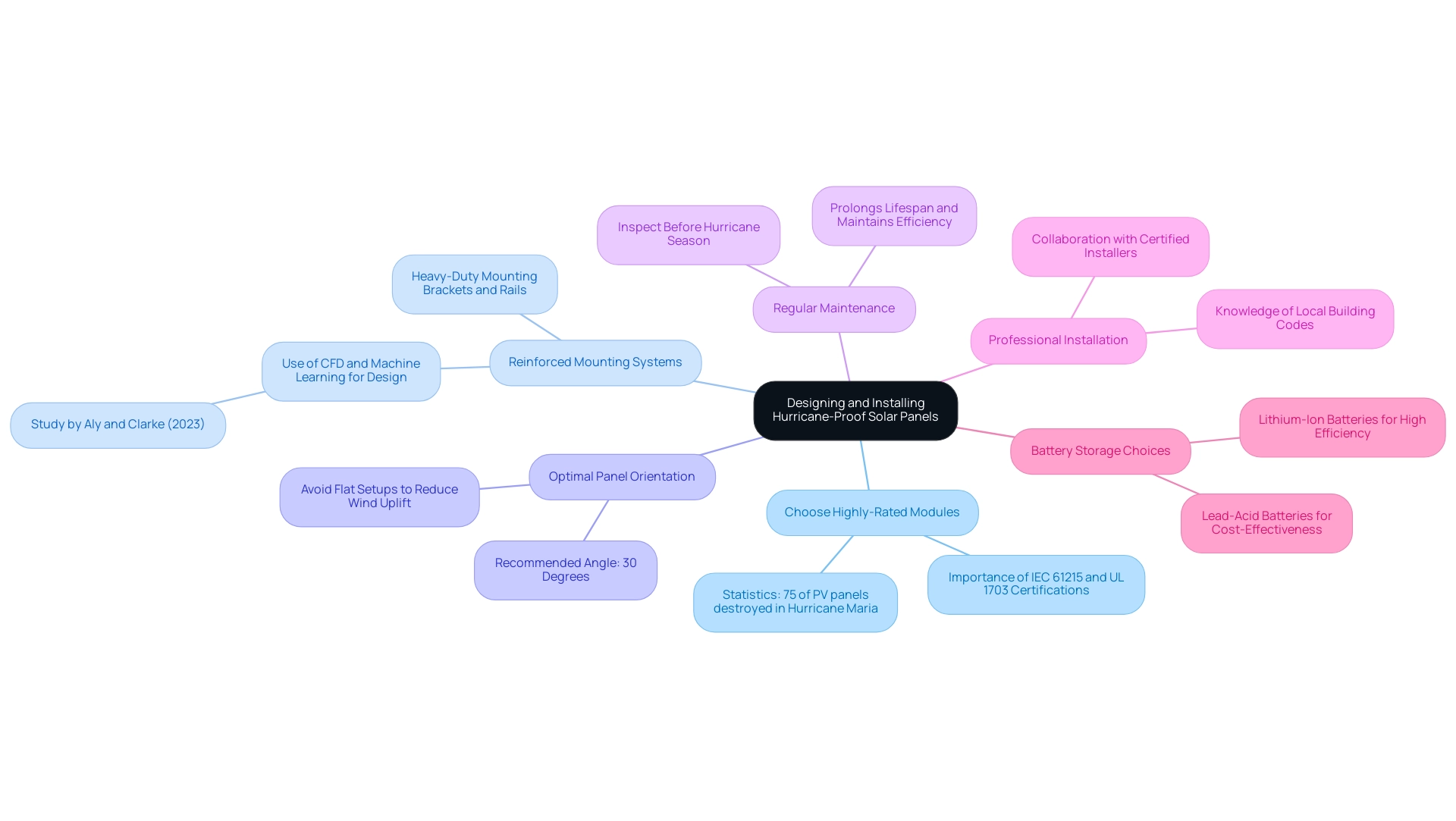Introduction
As homeowners increasingly turn to solar energy for its environmental benefits and cost savings, a pressing question arises: can these systems withstand the fury of hurricane conditions? The good news is that with the right design, materials, and installation techniques, solar panels can indeed endure extreme weather events.
This article delves into the essential considerations for homeowners looking to install hurricane-proof solar panels:
- Selecting high-rated panels
- Reinforcing mounting systems
- Understanding local building codes
- Choosing the right location for installation
- Tips for post-storm inspections and maintenance
By following these guidelines, homeowners can not only protect their investment but also ensure that their solar systems continue to provide sustainable energy even in the face of nature’s challenges.
Can Solar Panels Withstand Hurricane Conditions?
Certainly, hurricane proof solar panels can withstand hurricane conditions, but their efficiency largely depends on careful design, high-quality materials, and precise installation methods. Many manufacturers create structures that are engineered to endure high winds, frequently rated for speeds reaching up to 140 mph or more. Furthermore, understanding battery capacity and power ratings is essential for homeowners aiming to maximize their energy solutions.
Power storage capacity, measured in kilowatt-hours (kWh), indicates how much electricity a cell can hold, while power ratings, expressed in kilowatts (kW), determine how much electricity can be utilized at once. This is crucial for managing energy during high demand periods, especially when electricity prices peak. In fact, photovoltaic module efficiency rises by 0.0027 for each unit increase in sunlight intensity, underscoring the significance of optimal design in capturing energy from the sun even in challenging conditions.
When choosing photovoltaic modules, it’s crucial to select hurricane proof solar panels that are specifically designed for areas susceptible to hurricanes. Proper installation is key; utilizing hurricane proof solar panels alongside robust mounting frameworks and strictly following local building codes significantly boosts resilience against fierce weather. To ensure your energy collectors and battery setups are ready for hurricane challenges, connect with experienced installers who can guide you through the best practices for installing hurricane proof solar panels in your region.
Additionally, the case study titled ‘Recommendations for Solar Panel Resilience’ offers concrete guidelines for selecting suitably rated panels and ensuring the structural integrity of mounting frameworks, essential for enhancing safety and reliability in high wind areas. As residential renewable energy options continue to evolve, the incorporation of efficient battery technologies will not only lower utility expenses but also improve energy independence, contributing to a more sustainable future. The economic allure of residential photovoltaic and storage systems is increasing, particularly as expenses decrease and retail power prices are anticipated to escalate, making these solutions progressively appealing for homeowners.
Designing and Installing Hurricane-Proof Solar Panels
When it involves creating and setting up hurricane proof solar panels, comprehending how these systems function on a house is essential. Here are several best practices that can make a significant difference:
-
Choose Highly-Rated Modules: Opt for photovoltaic systems that have high ratings for wind and impact resistance.
Statistics indicate that Hurricane Maria devastated approximately 75% of the PV modules in Phase 2 of a renewable energy facility in Puerto Rico, highlighting the significance of selecting hurricane proof solar panels that meet rigorous safety and performance criteria, like those verified by IEC 61215 and UL 1703. This ensures not only functionality but also a safer investment for your home.
-
Reinforced Mounting Systems: Invest in heavy-duty mounting brackets and rails designed to endure extreme winds. As noted by Aly and Clarke (2023), employing CFD approaches and machine learning to determine design wind loads on solar structures can significantly enhance the mounting system’s effectiveness. For maximum stability, it’s essential to ensure that hurricane proof solar panels are anchored securely to your roof structure.
-
Optimal Panel Orientation: Position your panels at an angle that reduces wind resistance—typically around 30 degrees is ideal. Avoid flat setups, as they are more susceptible to wind uplift, which can result in expensive repairs.
-
Regular Maintenance: Make it a habit to inspect your energy installation regularly, especially before hurricane season. Ensuring that all components are secure and in good condition can prevent issues when severe weather strikes.
This proactive approach not only maintains efficiency but also prolongs the lifespan of your setup.
-
Professional Installation: Collaborate with certified installers who specialize in systems designed for hurricane-prone areas.
Their knowledge of local building codes and best practices is invaluable for ensuring a robust installation.
-
Battery Storage Choices: Combining your energy collection devices with effective battery storage choices is crucial for maximizing energy utilization and guaranteeing you have electricity even during interruptions.
Consider options like lithium-ion batteries, which provide high efficiency and long life, or lead-acid batteries for a more cost-effective solution.
By following these guidelines, you can optimize the effectiveness of your energy systems while also ensuring they remain robust with hurricane proof solar panels against hurricane conditions. Remember, data indicates that when systems are rated for high wind resistance, they perform significantly better in stormy conditions, making your investment safer and more dependable.
Choosing the Right Location for Solar Panels
When selecting the ideal spot for your solar panel installation, consider these key factors to ensure resilience against hurricanes:
- Elevation: Opt for higher elevations to help mitigate the chances of flooding and water damage during storms. This simple step can make a significant difference in protecting your investment. Statistics indicate that photovoltaic systems installed at heights exceeding 10 feet can achieve up to 25% higher efficiency compared to those at lower elevations, particularly in flood-prone regions. Moreover, photovoltaic shingles, which are crafted to integrate smoothly with your roof, can offer both visual attractiveness and practical advantages, such as enhanced wind resistance because of their combined design.
- Avoiding Obstructions: Ensure that your devices are free from shading by trees or nearby structures, as shade can dramatically decrease solar efficiency. Removing any possible debris that might be blown onto the surfaces in storm conditions is a minor detail that can avert larger issues later on. Solar panel shingles can also be installed in a way that minimizes shading, making them a versatile option for various roof shapes.
- Structural Integrity: Before installation, assess your roof’s structural integrity. A well-maintained roof that can withstand strong winds is essential for a successful energy installation. As Gerald Robinson from the Lawrence Berkeley National Laboratory points out, “The ability of a site to absorb a greater amount of stormwater can be recovered and possibly improved through the use of deep-rooted pollinators and native plants,” emphasizing the importance of site conditions. Additionally, a case study named “Using Slope and Aspect Layers in Raster Solar Radiation Tool” emphasizes how pre-computing slope and aspect values can improve energy collector performance, especially in hurricane-prone regions. Testimonials from homeowners who have installed energy shingles often highlight their satisfaction with both the durability and the savings on energy costs.
- Accessibility: Choose a location that allows easy access for future maintenance and inspections. This foresight will help ensure that any necessary repairs can be addressed swiftly, especially after a storm.
- Expert Insights: According to energy specialists, selecting locations that are not only elevated but also strategically positioned to capture maximum sunlight exposure can significantly enhance performance during storm events. By taking the time to carefully choose the appropriate site for your renewable energy installations, you can significantly enhance their resilience against hurricane conditions, ensuring your home features hurricane proof solar panels that make it both eco-friendly and storm-ready.
Understanding Local Building Codes and Regulations
Before engaging in the realm of renewable energy setup, it’s crucial to become acquainted with local construction codes and rules, particularly regarding hurricane proof solar panels in areas susceptible to hurricanes. Here are some key points to keep in mind:
-
Permitting Requirements: Most local authorities require permits for photovoltaic panel setups to ensure adherence to safety and zoning standards.
Checking these requirements upfront can save you time and headaches later.
-
Wind Load Specifications: Understanding local wind load specifications is crucial. These regulations determine how structures, including energy systems with hurricane proof solar panels, must be designed to endure hurricane-force winds.
In numerous regions of Florida, for instance, construction regulations mandate that systems, including hurricane proof solar panels, be designed to withstand winds reaching 160 MPH, as mentioned by building code specialist Bryan Hyde. Notably, the Florida Building Code was updated in 2001 to establish stronger requirements for hurricane-resistant housing, which includes the necessity for hurricane proof solar panels to reinforce compliance with current standards.
-
Solar Flashing: A crucial element of setup is the use of flashing designed for solar systems, which serves as a protective barrier sealing gaps between photovoltaic panels and the roof.
This measure is vital for preventing rainwater infiltration and protecting against electrical shorts and corrosion during storms, ensuring the longevity and safety of your solar system.
-
Inspection Process: Expect inspections at various stages of your setup. This may include structural assessments to ensure that your setup meets local codes and a final inspection to verify overall compliance.
Routine expert evaluations are essential, particularly in regions susceptible to hurricanes, to detect wear, damage, or compromised elements that could impact the integrity of hurricane proof solar panels.
-
Insurance Considerations: It’s always wise to review your homeowner’s insurance policy. Ensure it addresses installations and any potential damage from hurricanes to avoid surprises down the road.
By proactively understanding these regulations, homeowners can streamline their installation process and sidestep potential pitfalls, ultimately enhancing the resilience of their energy systems against the forces of nature.
Post-Storm Inspection and Maintenance
After a hurricane, it is vital to ensure your energy systems, especially hurricane proof solar panels, are in good condition to maintain their efficiency and enhance energy production. Here’s a friendly guide to help you through the inspection process:
-
Visual Inspection: Begin by closely examining your solar surfaces for any visible damage, including cracks, dents, or loose mounting hardware.
Remember, these issues can significantly affect performance. As noted by Han Xinyue, proper cleaning can help recover the I-V readings towards their initial values, underscoring the essential nature of maintenance even after severe weather.
-
Check for Debris: Clear away any debris that may have gathered on or near the surfaces, such as dust, dirt, bird droppings, branches, leaves, or other materials.
Keeping your panels free from obstructions is key to maximizing sunlight exposure and maintaining their efficiency and longevity.
-
Functionality Test: If it’s safe, monitor your performance. Look for any alerts from your inverter or monitoring system; these can indicate whether everything is functioning properly.
Regular functionality checks are essential, particularly in sunny areas like Long Beach, where environmental factors can affect energy production.
-
Professional Assessment: If you spot any issues during your visual check, consider reaching out to your installation expert for a comprehensive inspection. Their expertise can be invaluable in identifying hidden problems that might not be immediately apparent.
-
Document Everything: Make sure to keep a detailed record of any damage and repairs, as this information can be crucial for insurance claims. This step is frequently ignored but is crucial in guaranteeing you obtain the assistance you require. Moreover, it’s important to mention that the renewable energy tax credit will decrease to nearly 26% in 2033, making it increasingly vital to care for your energy systems properly to ensure their durability and efficiency.
Data indicates that the median loss rate for photovoltaic system performance is 0.75% per year, with 90% of systems encountering less than a 2% loss each year. Following these post-storm maintenance tips will help you keep your hurricane proof solar panels in optimal condition, ensuring they’re ready to perform efficiently after severe weather. Remember, ensuring clean energy surfaces not only enhances their performance but also contributes to your goal of a more sustainable and environmentally friendly home.
Conclusion
Investing in hurricane-proof solar panels is a proactive step toward safeguarding both your home and the environment. By selecting high-rated panels designed for extreme conditions, reinforcing mounting systems, and adhering to local building codes, homeowners can significantly enhance the resilience of their solar energy systems. The right location, coupled with regular maintenance and inspections, ensures that these systems remain efficient and effective, even in the aftermath of a storm.
Understanding the importance of these considerations not only protects your investment but also contributes to a more sustainable future. With the economic benefits of solar energy on the rise, now is the ideal time to prioritize robust installations that can withstand nature’s challenges. By following the guidelines outlined, homeowners can enjoy peace of mind, knowing their solar panels are equipped to handle hurricane conditions while continuing to provide clean energy for years to come.



